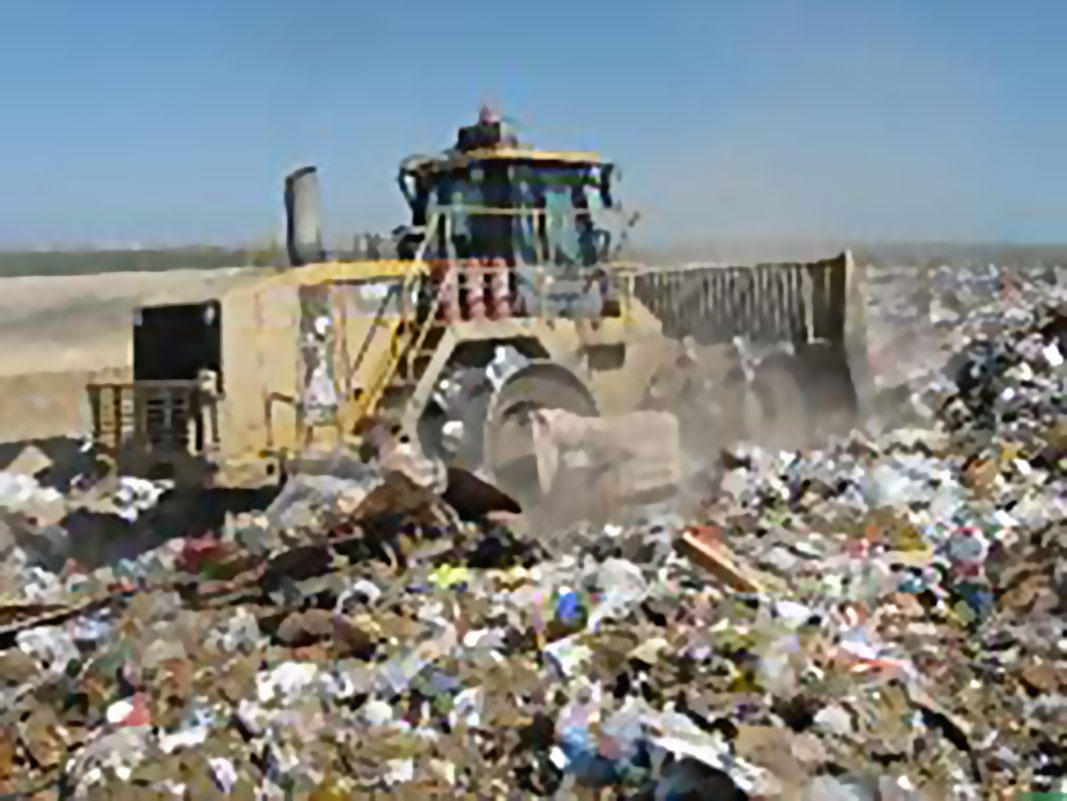From garbage collection to the last stop for trash: The Landfill
Did you know that the first large holes for refuse were created back in 3,000 B.C.? Humans began disposing of garbage in this manner because they had noticed that proximity to garbage was closely related to disease. They dumped garbage into the holes and covered it with dirt, creating layers. This is very similar to how a modern landfill works.
However, the difference between those original garbage dumps and today’s modern landfill is a carefully designed structure that isolates trash from the surrounding environment. This isolation is accomplished with a bottom liner and a daily covering of soil. By condensing and covering the trash in a lined area, called a cell, we keep rainwater from moving through the trash and picking up chemicals and metals that could pollute our groundwater. The covering also helps limit air pollution from decomposing material.
Protective Measures
A landfill cell is prepared for incoming garbage by installing leachate collection pipes, as well as the methane gas collection system. Leachate is the moisture that percolates down through the trash and must be handled as wastewater. Methane is a gas that is created as the trash in the landfill decomposes. Both leachate and methane are monitored at a disposal site. This is another difference between one of those ancient dumps and a modern landfill cell—rather than allowing leachate and methane to pollute the surrounding environment, we monitor, capture, and treat them. To ensure safe and healthy communities with clean water and air, proper management of garbage is regulated by state and federal laws.
Disposal Options
Minimizing the amount of material that enters the landfill has several benefits. Since landfill cells are costly to build and maintain, the longer we use existing cells the better. In addition, diverting materials from the landfill reduces both leachate and methane production, helping protect our environment.
The City of Laredo has many ongoing efforts to divert materials from the landfill. Branches are ground into mulch which is available free to the public. Scrap metals, such as refrigerators, air conditioners, and appliances, commonly known as “white goods” are sent to a steel company for recycling. Through the curbside recycling program, residents are able to recycle paper products and containers used in their homes. Soon, every home will have a blue “Billie Bote” can, making it even easier to recycle more and discard less in the trash. It will now be up to you and me! Are you ready for the challenge?


